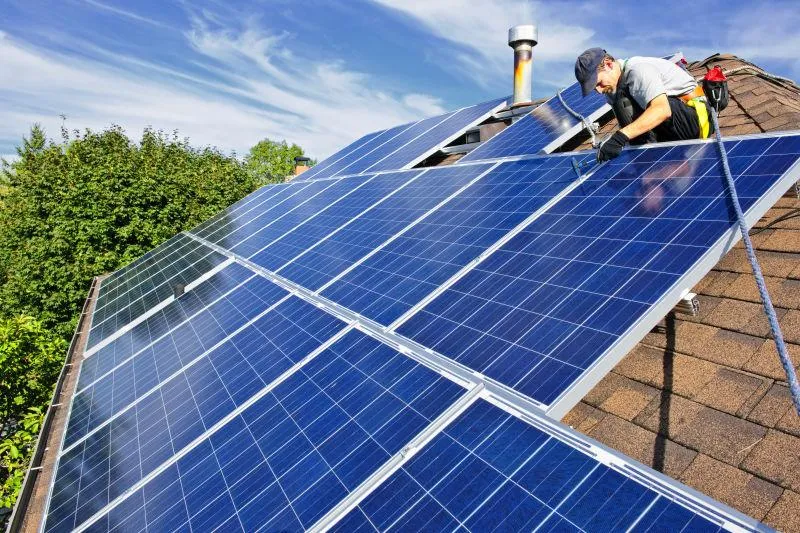solar tracking system
Understanding Solar Tracking Systems Enhancing Solar Energy Efficiency
In the quest for sustainable energy solutions, solar power stands out as one of the most promising alternatives to fossil fuels. However, the efficiency of solar energy generation can often be hampered by factors such as the angle of sunlight and the position of the solar panels. To combat this issue, solar tracking systems have emerged as an innovative solution that significantly enhances the performance of solar energy systems. This article delves into the workings of solar tracking systems, their benefits, and their role in advancing solar technology.
Solar tracking systems are mechanisms that adjust the orientation of solar panels throughout the day to follow the sun’s path across the sky. Unlike fixed solar panels, which can only capture sunlight at a specific angle, solar trackers move to maintain an optimal angle of incidence between the solar panels and sunlight, thereby maximizing energy capture. There are primarily two types of solar tracking systems single-axis and dual-axis trackers.
Single-axis trackers rotate on a single pivot point, allowing panels to move from east to west as the sun travels across the sky. This type of tracker is particularly beneficial in regions with a wide diurnal range, where the sun rises and sets at significantly different angles throughout the seasons. In contrast, dual-axis trackers add an additional pivot, allowing for both east-west and north-south movements. This added functionality makes dual-axis trackers especially effective in maximizing energy capture during different times of the year and under varying weather conditions, though they tend to be more complex and expensive.
The benefits of solar tracking systems are numerous. Studies have shown that solar trackers can increase energy generation by 20-50% compared to fixed solar panel installations. This significant boost in efficiency translates to a faster return on investment, making solar energy projects more economically viable. Furthermore, with the global push for renewable energy and the declining costs of solar technology, the integration of tracking systems is becoming increasingly common.
solar tracking system

However, the adoption of solar tracking systems also presents several challenges. The complexity of installation and maintenance can deter some users, particularly residential homeowners. Additionally, while solar trackers can enhance energy output, they also introduce moving parts that require more maintenance than their fixed counterparts. This potential for mechanical failure necessitates careful planning and infrastructure to ensure reliability and longevity.
Despite these challenges, the growth of solar energy around the world continues to drive interest in solar tracking systems. With advances in technology, manufacturers are developing more robust and reliable tracking systems that are easier to install and require less maintenance. Innovations in materials, such as lightweight composites and more efficient motors, are making tracking systems not only more efficient but also more durable.
Another crucial aspect of solar tracking systems is their impact on land use. By increasing the energy output of solar panels, these systems allow for lower land requirements for solar farms, thereby reducing the environmental footprint of solar energy projects. This is particularly important in regions where land is scarce or expensive, as it can enable more sustainable development practices.
In conclusion, solar tracking systems represent a significant advancement in solar energy technology, offering enhanced efficiency and greater energy capture. As the world continues to pivot towards renewable energy sources, the role of solar tracking systems will likely expand, driving innovations and adaptations that promise a greener, more sustainable future. With their ability to optimize energy production, solar trackers not only contribute to the economics of solar projects but also play a pivotal role in the broader transition to clean energy. The future of solar technology is bright, and solar tracking systems are at the forefront of this positive change.
-
Understanding the Advantages of Solar String Inverters for Your Energy SystemNewsApr.29,2025
-
Choosing the Right PV Inverter: A Comprehensive GuideNewsApr.29,2025
-
The Future of Solar Power: Exploring Bifacial Solar PanelsNewsApr.29,2025
-
The Complete Guide to Solar Panels: Efficiency, Cost, And InstallationNewsApr.29,2025
-
The Best Options for Efficiency and Cost-EffectivenessNewsApr.29,2025
-
Harnessing the Power of Off-Grid Solar Inverters for Energy IndependenceNewsApr.29,2025







